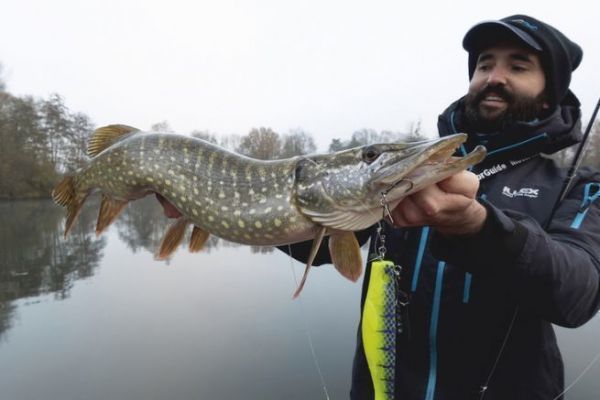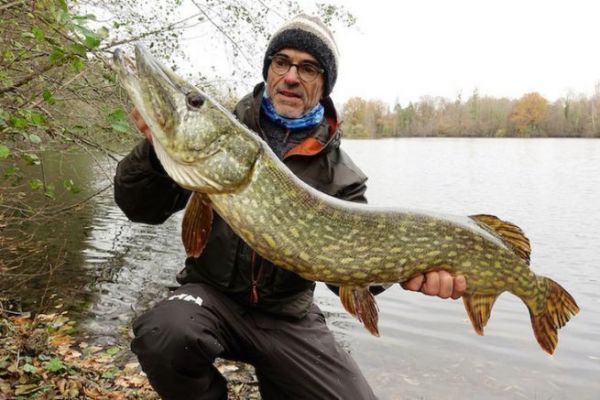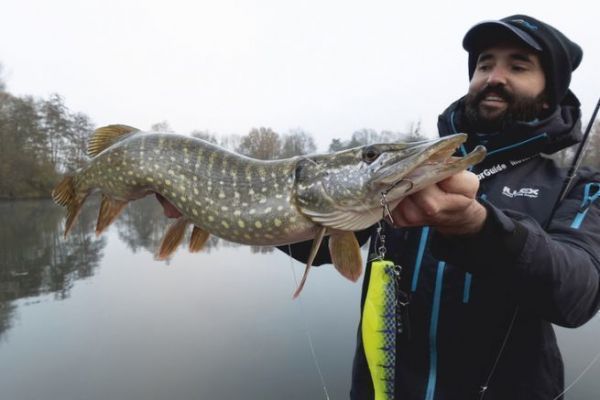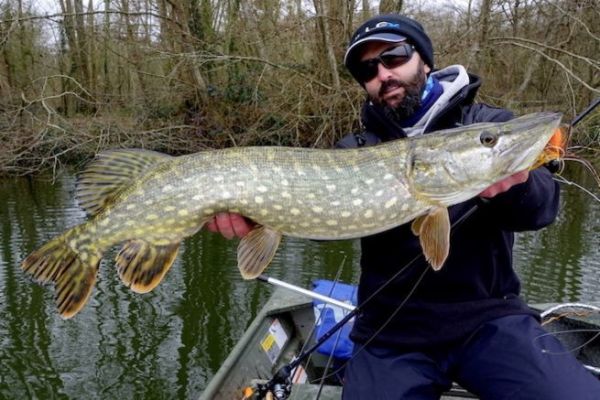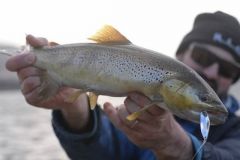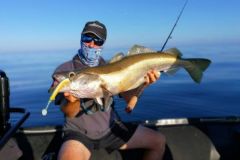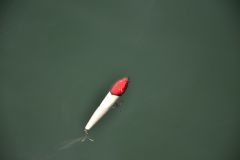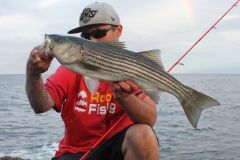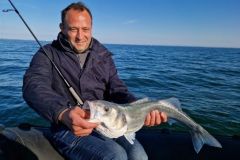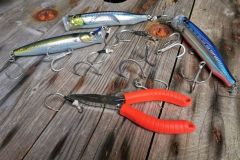After determining at what height of water to present my lure as we have seen in the previous article, the fact that I can fish slowly with a lure is my main selection criterion when I fish for pike in the heart of winter.
Not all lures meet this criterion, but many do. Moreover, an animation that I qualify as slow can take the form of a continuous linear retrieve at low or even very low speed with a swimbait, the animation of a large jerkbait by arranging fairly long pauses during the retrieve, as well as a linear retrieve interspersed with resumption of contact with the bottom.There are therefore several ways to fish slowly.
Continuous slow recovery
The slow continuous retrieve or slow cranking is the most basic animation. This animation is largely associated with the use of hard or soft swimbaits, this last family gathering shads, grubs, etc. The grub is unbeatable in this slow retrieve and in the soft swimbait family. This ability to swim at the slightest request makes it a particularly productive lure in cold and clear waters.
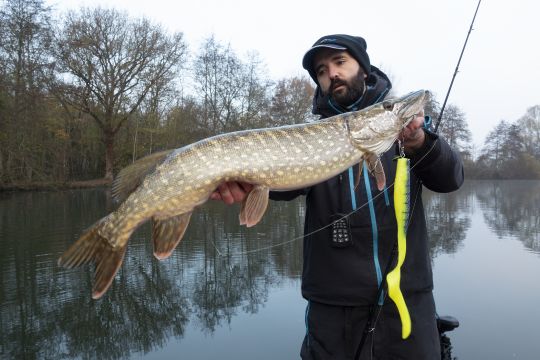
For this type of animation, and with a few rare exceptions (we will see later), we will often put aside the lures of fast prospecting as the majority of crankbaits, lipless crankbaits, blades that need too much amplitude to swim effectively.
On the other hand, any lure capable of expressing itself efficiently on slow retrieves should be used, and this is the case of certain spinnerbaits, a lure that is nevertheless associated with powerfishing...
Slow Rolling Recovery
Indeed, the spinnerbait, the emblematic lure of fast prospecting fishing, has nevertheless its place in the winter arsenal of the lure fisherman, provided that it has been designed for this exercise and is used correctly.
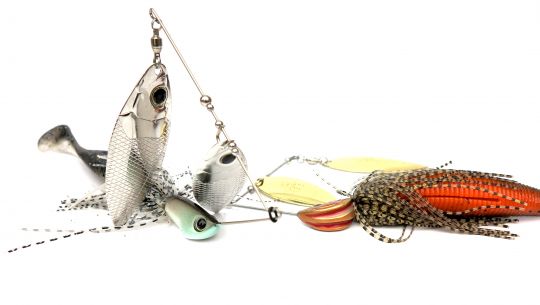
The Slow Rolling consists of a slow linear retrieve following the bottom relief. This animation requires the use of a spinnerbait that meets the following specifications allowing it to work effectively even at very low speed: a spinnerbait heavy enough, of 1 Oz and more (28 g and more), with a low center of gravity in order to prospect in depth and to be sure to keep the contact with the bottom during the retrieve, equipped with very reactive paddles and offering almost no resistance to the retrieve. Willow type paddles in size 4.5 are the best choice, as they turn perfectly even on slow retrieves. The Crusher Illex and its 35g or the Deps B Custom and its 28g announced (in reality 40g) are perfect for this use. Also, the profiles of the lead heads of these spinners are flat for more stability on slow linear retrieves.
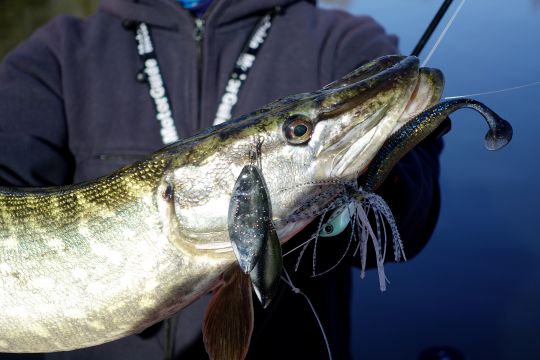
Slow recovery with breaks
Here we are in the domain of big hard swimbaits (Swim and Glide), jerkbaits and, as far as soft swimbaits are concerned, Grubs mainly. The principle here is to break the monotony of the slow recovery of a lure by arranging fairly long breaks. The lure should not drop too quickly to the bottom during the inactive phases. Amongst the soft swimbaits, the grub is the one that stands out. An underdrawn grub that glides to the bottom during breaks is irresistible!
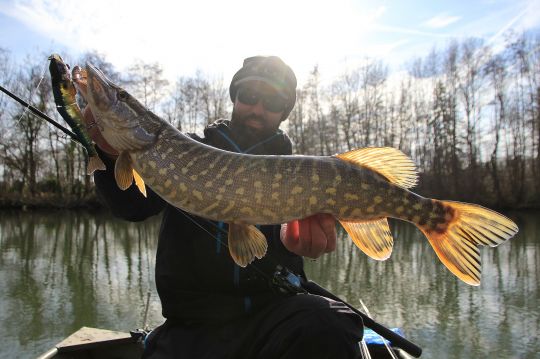
Slow recovery with bottom contact
Many lures can be used on this type of animation, including some lures rarely used in winter because they are associated with fast prospecting, such as some Lipless crankbaits like the TN Trigon Jackall/Illex which can be brought back slowly on the bottom or a Blade Jig (Chatterbait).
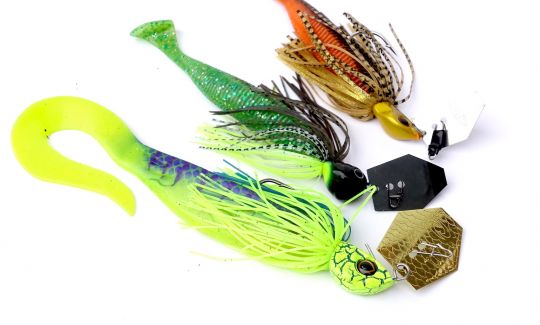
With a Blade Jig (ex Chatterbait) you can combine two very different and complementary swims: the pulling phase when the blade of the Blade Jig is in action and sends out very strong vibrations, and the releasing phase when the blade stops its action to make room for the trailer which will undulate during the descent phase.
The association of a Blade Jig with an Eel trailer is largely in my favor for this exercise. Just be sure to let the lure make contact with the bottom when casting so as to be sure to animate it close to the bottom and not to use a Blade Jig that is too heavy in order to keep the gliding effect of the rig during the release phases and not to have to animate it too fast.
Most of the time I will use a soft lure like Grub (Dexter Eel 150) in trailer for my Blade Jigs but not exclusively because sometimes I will use a shad. In winter, what I'm looking for when I use a shad in a trailer is an alternative in terms of vibrations during the phase of unhooking the rig and going down to the bottom, phase during which the paddle becomes inoperative.

 /
/ 